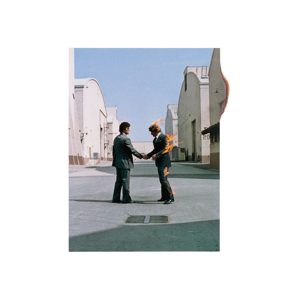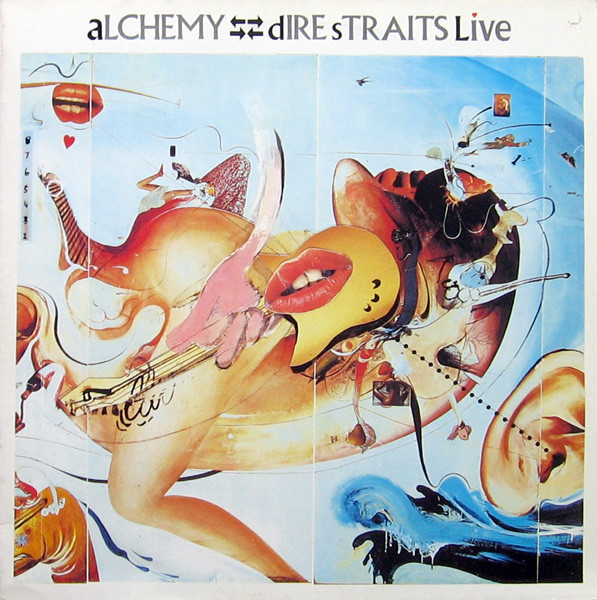
The going cliché was that while the Velvet Underground didn’t sell many copies of their albums, everyone who did went out and formed their own band. While this has yet to be proven, it is safe to say that for the better part of two decades, all anyone knew about the band’s music came from Lou Reed albums, the occasional cover and the raves of critics.
A good deal of that changed in 1985, when PolyGram vault guru Bill Levenson pushed for the reissue of the band’s first three (long out-of-print) LPs, along with a collection of outtakes. All four albums were hyped by the usual critics (Kurt Loder going so far as to contribute liner notes to the common inner sleeve) but the overwhelming favorite was the debut, credited as always to the band plus the extra singer they’d picked up along the way.
The Velvet Underground & Nico treads a line between catchy ‘60s pop and what would eventually be called punk. Despite being hailed as a decadent band, “Sunday Morning” begins with a celeste, of all things, before an especially breathy Lou Reed vocal takes over. (It was, after all, his band.) Things get a little gritty with “I’m Waiting For The Man”, a fairly overt description of scoring dope. Nico finally shows up on “Femme Fatale”, something of a German doo-wop number, and a lovely song despite the attack on its subject. It’s a brief respite before “Venus In Furs”, featuring John Cale’s viola in full scrape over sado-masochistic references. More drugs turn up in “Run Run Run”, a perfectly snotty song just this side of melodic. Nico returns for the elegant yet foreboding “All Tomorrow’s Parties”, one of their most mesmerizing numbers.
Just in case you thought they were just another garage band, side two kicks off with the extremely blatant “Heroin”, which goes out of its way to describe the rush of the drug via the tempo and viola. But the pop returns for “There She Goes Again”, which could have been a hit single, and “I’ll Be Your Mirror”, which couldn’t have been since they let Nico sing it. The last two songs are certainly non-commercial, straight out of the art world. “The Black Angel’s Death Song” puts rapid-fire lyrics under a seesawing viola, and the band finally gets to replicate their live sound with the full-on assault of “European Son”.
As with many things he put his name to, The Velvet Underground & Nico gained most of its notoriety over the years due to Andy Warhol’s cover design and blatant production credit, emblazoned below the banana that peeled Colorforms-style. He may have designed the cover, but the actual producer was Tom Wilson, who’d recently worked with Frank Zappa after having been bounced from Bob Dylan’s sessions. Whoever was behind the desk, the overall sound comes straight from the heads and hands of the band itself, with all the grime in place. It was an astounding debut, and certainly ahead of its time.
The album was an excellent candidate for a Deluxe Edition when the Universal label started doing those, and it doesn’t disappoint. It appears in both its original stereo and mono mixes, having been recorded at a time when mono was still a common seller. Because the label considered the possibility of having hits, four tracks also appear in their single mixes, alongside five VU-related tracks from Nico’s Chelsea Girl album, released later in 1967 to even fewer sales.
Ten years later, Universal continued their “anything worth doing is worth overdoing” policy by issuing a so-called “Super Deluxe” six-disc version of the album. This time the Chelsea Girl tracks on the stereo disc have been replaced by alternate takes, so that the entire Chelsea Girl album is included as the third disc. An early acetate of working mixes is bolstered by a much-booted rehearsal excerpt (including the band playing Bo Diddley’s “Crackin’ Up” while Lou recites the lyrics of “Venus In Furs” to Nico, who also sings lead on a take of “There She Goes Again”), and a complete concert from November 1966 is spread across the fifth and sixth discs (beginning with the 28-minute “Melody Laughter”, edited down to ten minutes for the Peel Slowly And See box). Essential for fanatics, certainly, but even they would object to having to purchase half of the contents for the third or fourth time.
The Velvet Underground & Nico The Velvet Underground & Nico (1967)—4½
2002 Deluxe Edition: same as 1967, plus 20 extra tracks
2012 45th Anniversary Super Deluxe Edition: same as Deluxe Edition, plus 34 extra tracks
 Bowie was certainly one of the first artists to embrace the Internet as a social tool as well as a promotional one. His next stunt was to have a contest wherein one of his subscribers would write lyrics for a song he’d then record for his next album. He made good on the offer, too.
Bowie was certainly one of the first artists to embrace the Internet as a social tool as well as a promotional one. His next stunt was to have a contest wherein one of his subscribers would write lyrics for a song he’d then record for his next album. He made good on the offer, too.













